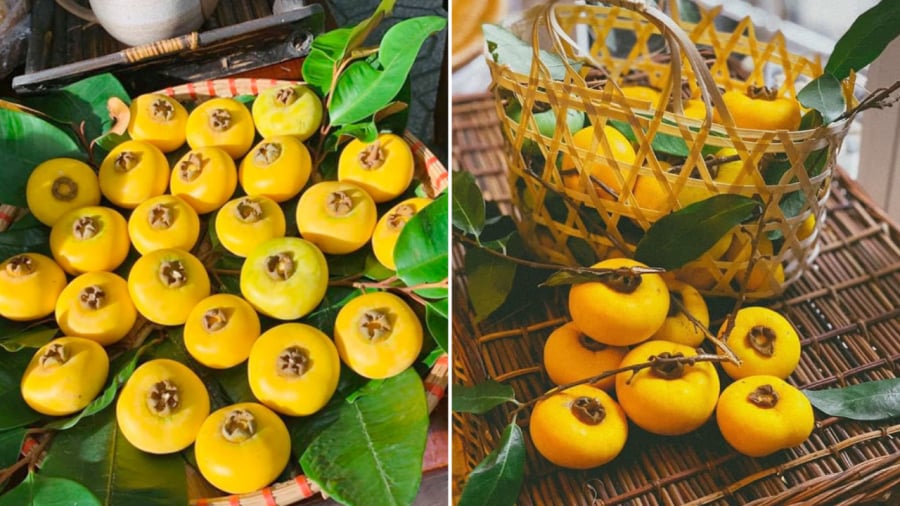Why Osmanthus Fruits Are Meant to Be Smelled and Not Eaten
As August arrives and northern Vietnam transitions into autumn, osmanthus fruits start appearing in street stalls and markets. Walking through the usual streets or visiting the local markets, one can find abundant displays of these golden fruits, filling the air with their intoxicating fragrance.
Osmanthus fruits are typically purchased for decorative purposes or to be offered at altars, rather than for consumption. Their beauty and aroma make them a popular choice for homes and religious ceremonies. In the folk tale “Tấm Cám,” the old woman, upon seeing the osmanthus fruit in the tree, says: “Oh, osmanthus fruit, if you fall, let me smell you, but I won’t eat you.”
While it is true that osmanthus fruits are edible, their consumption does not offer significant health benefits. According to PGS.TS Nguyen Thi Lam (former Vice Director of the National Institute of Nutrition), the pleasant aroma of ripe osmanthus fruits can induce a sense of comfort and relaxation, especially for those living in crowded urban areas.
People often opt not to eat these fruits, instead utilizing them for their fragrance. Osmanthus fruits tend to have an astringent taste, even when fully ripe, and their sap can leave an unpleasant coating in the mouth. Additionally, consuming these fruits may affect intestinal motility, forming a lump in the small intestine. Particularly, unripe osmanthus fruits contain high levels of tannin, which, when combined with stomach acid, creates an indigestible mass, leading to intestinal obstruction. For these reasons, osmanthus fruits are primarily enjoyed for their aroma and aesthetic value rather than as a food item.

The fragrant osmanthus fruits offer a relaxing aroma.
Ripe osmanthus fruits should be soft, and to eat them, one can gently squeeze and twist the fruit until it slightly opens, allowing the sweet yet slightly astringent flesh to be sucked out. It is not recommended to eat these fruits on an empty stomach, especially if they are unripe.
How to Select Fresh Osmanthus Fruits for a Longer Display


































